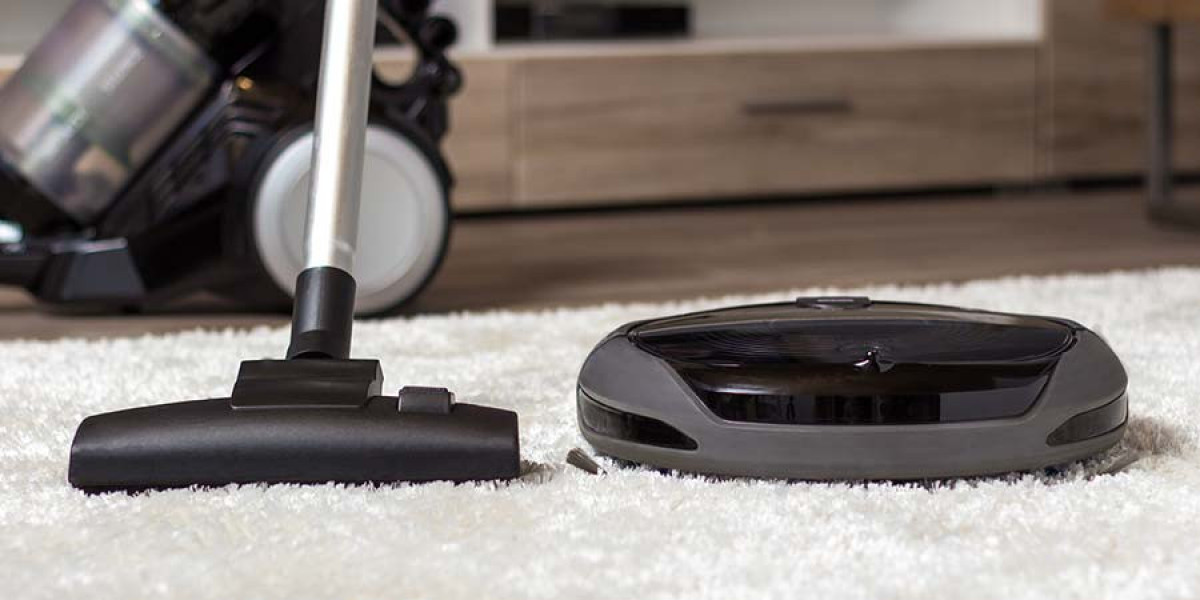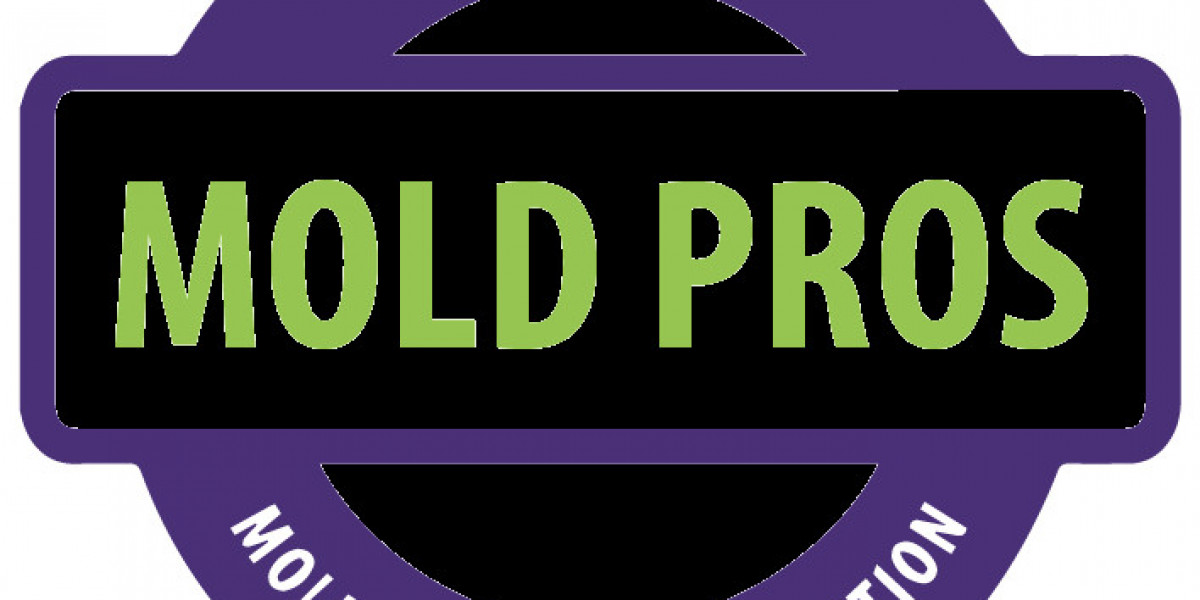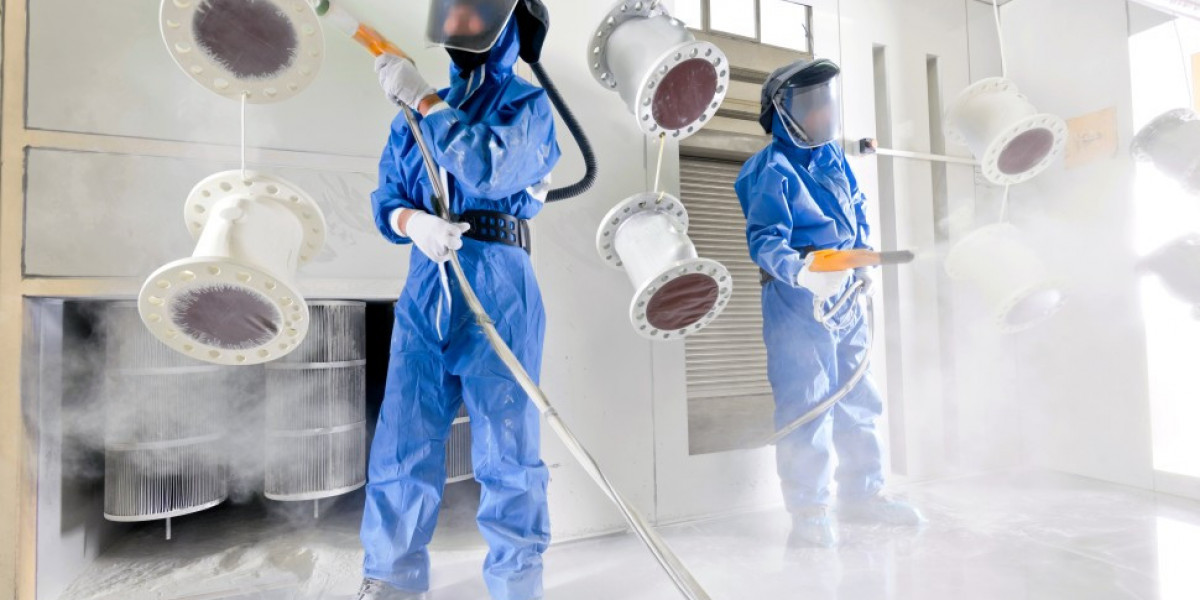The cleaning robot market has witnessed remarkable innovations over recent years, driven by advancements in artificial intelligence (AI), machine learning, sensor technologies, and connectivity. These innovations have transformed robotic cleaners from simple vacuum machines to sophisticated autonomous helpers capable of navigating complex environments and performing multi-surface cleaning efficiently.
One of the most significant breakthroughs is the integration of AI-powered mapping and navigation systems. Modern cleaning robots utilize LiDAR sensors, cameras, and infrared technology to create accurate floor maps, enabling them to navigate obstacles and avoid falls. This technology allows robots to clean in systematic patterns rather than random movements, greatly improving efficiency and coverage. Some models even learn the layout of homes over time, adapting their cleaning paths and schedules according to user habits.
Another key innovation is multi-functionality. Cleaning robots have evolved beyond just vacuuming floors. Many models now combine vacuuming, mopping, and sweeping functions in a single unit, allowing users to maintain cleaner floors with minimal effort. The introduction of wet mopping capabilities alongside dry vacuuming has become increasingly popular, especially for homes with hard flooring such as wood, tile, and laminate.
Connectivity has played a pivotal role in advancing cleaning robot features. Wi-Fi-enabled devices allow users to control and schedule cleaning remotely via smartphone apps. Integration with smart home ecosystems, such as Amazon Alexa and Google Assistant, has made voice commands a convenient option. Additionally, some cleaning robots offer real-time status updates, cleaning reports, and even integration with home security systems.
Battery technology and charging methods have also seen innovation. Robots now come equipped with high-capacity lithium-ion batteries that extend cleaning time and reduce charging frequency. Many models feature automatic docking and recharging, where the robot returns to its charging station when the battery is low and resumes cleaning after recharging. Some advanced robots have self-emptying dustbins, reducing the frequency of manual maintenance.
AI advancements have extended into obstacle recognition and avoidance. Newer robots can detect and avoid small objects, cables, and delicate furniture legs, minimizing the chances of getting stuck or causing damage. Some are even capable of identifying dirtier areas and increasing suction power automatically, optimizing cleaning performance.
Moreover, the cleaning robot market has embraced environmental sustainability by introducing eco-friendly designs. Manufacturers are incorporating recyclable materials and designing energy-efficient robots that consume less power. Some models use water-efficient mopping technology, minimizing water usage while maintaining effective cleaning.
In commercial settings, innovations are targeting large spaces with more robust robots capable of handling industrial cleaning tasks. These machines are equipped with advanced sensors to navigate warehouses, offices, and retail environments. Autonomous scheduling and integration with facility management software improve operational efficiency.
Furthermore, the use of cloud computing and big data analytics is becoming more common. Some cleaning robots upload performance data to the cloud, allowing manufacturers to provide firmware updates and improve algorithms remotely. This connectivity also enables predictive maintenance, alerting users before a component fails.
The market is also exploring robotic swarms, where multiple smaller robots work collaboratively to clean large areas faster. Though still emerging, this concept promises to revolutionize cleaning logistics in expansive commercial or public spaces.
In conclusion, the cleaning robot market is rapidly evolving, fueled by advances in AI, sensor technology, connectivity, and sustainability. Consumers and businesses alike benefit from smarter, more efficient, and versatile robotic cleaners that reduce manual effort and improve cleanliness. As innovation continues, the future will likely see even more intelligent robots capable of comprehensive home and commercial maintenance.









